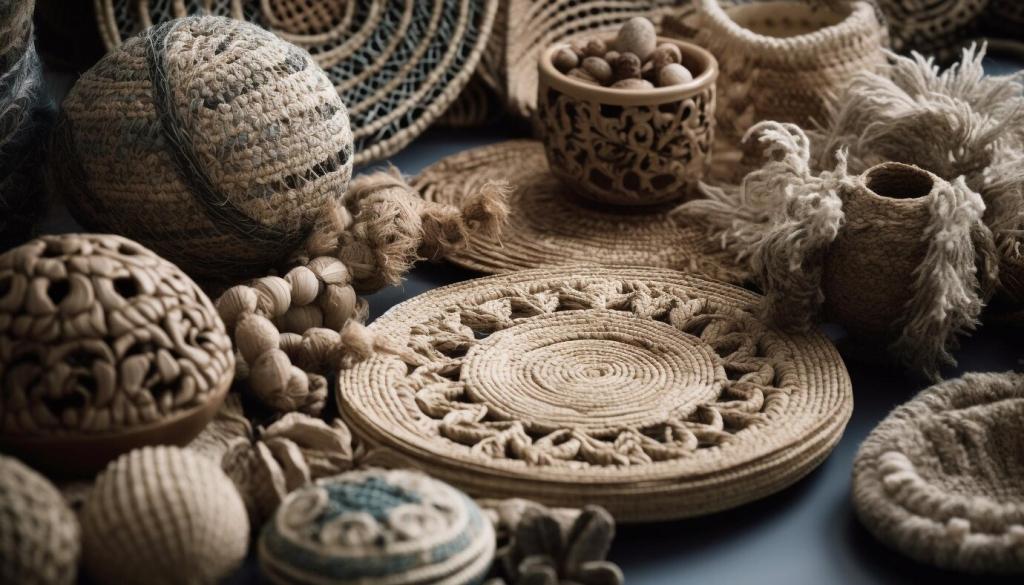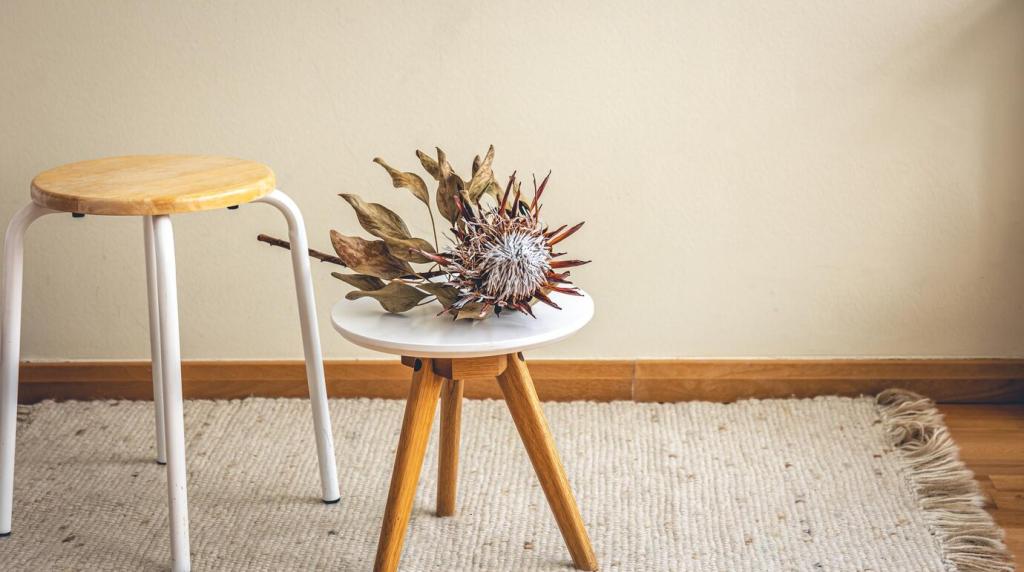Recycled glass tile flooring repurposes discarded bottles and windows, diverting tons of glass from landfills. The result is a stunning array of tiles boasting luminescent color and reflective quality that can enliven any room. Each tile is melted and re-formed, ensuring durability and resistance to moisture—perfect for kitchens, bathrooms, or striking accent areas. Glass tiles are easy to clean and maintain, as they are impervious to stains and don’t harbor bacteria. Furthermore, recycled glass tiles do not require the mining of new raw materials, making them both environmentally conscious and visually captivating, ideal for eco-friendly interiors.
Recycled rubber flooring primarily uses material sourced from post-consumer tires, providing a durable, resilient surface that is especially well-suited to high-traffic and active spaces like gyms, playrooms, or basements. The manufacturing process pulverizes and binds rubber particles into sheets or tiles with strong, low-VOC adhesives. This repurposing diverts millions of tires from landfills annually, significantly reducing environmental pollution. Rubber flooring is naturally shock-absorbent, slip-resistant, and easy to clean. Its performance characteristics—cushioning, sound dampening, and water resistance—make it an outstanding sustainable choice that supports both environmental and practical household needs.
Upcycled composite flooring combines waste products such as recycled wood fibers and plastics to create a new, robust material. This approach capitalizes on resources that might otherwise be incinerated or dumped, effectively reducing environmental burdens. Composite flooring mimics the appearance of natural wood or stone, offering stylistic flexibility while exceeding their durability in many cases. These floors resist staining, moisture, and fading, making them suitable for both residential and commercial spaces. Because they often utilize low-emission manufacturing processes, upcycled composites contribute positively to indoor air quality. Their innovative, resource-efficient nature aligns with the latest eco-conscious design philosophies.




